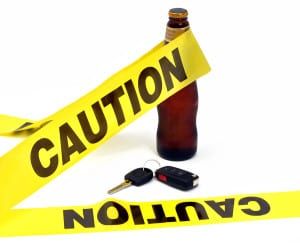 With 28 people killed in drunk driving-related traffic crashes every day, according to the National Highway Traffic Safety Administration (NHTSA), impaired driving is dangerous enough on any given day. But when major holidays roll around, the risk of being killed or injured by a drunk driver increases.
With 28 people killed in drunk driving-related traffic crashes every day, according to the National Highway Traffic Safety Administration (NHTSA), impaired driving is dangerous enough on any given day. But when major holidays roll around, the risk of being killed or injured by a drunk driver increases.
Last year, the National Safety Council’s (NSC) Safety+Health magazine published an infographic listing the holiday periods with the most drunk driving-related deaths in an effort to raise awareness about holiday drinking and promote driving safety during major holidays. Holiday periods were defined as 3 to 4 days.
July 4th ranked number one when it came to most drunk driving-related deaths per day during a holiday period, with an average of 61 deaths per day during the July 4th holiday periods from 2007 through 2011. However, the New Year’s holiday period had the highest average percentage of alcohol-impaired traffic deaths. Drunk driving fatalities made up 42% of total traffic deaths during the New Year’s holiday periods from 2007 through 2011.
The most traveled holiday period of the year, the four-day Thanksgiving holiday period saw the highest number of total traffic crashes. The Thanksgiving holiday periods from 2007 through 2011 had an average of 444 traffic crash fatalities.
As for alcohol-related traffic deaths per day, the top six holidays with the most alcohol-related traffic deaths were ranked as follows:
- 4th of July: 61 alcohol-related out of 146 total
- Memorial Day: 57 alcohol-related out of 142 total
- Labor Day: 54 alcohol-related out of 140 total
- New Year’s: 46 alcohol-related out of 108 total
- Thanksgiving: 40 alcohol-related out of 111 total
- Christmas: 33 alcohol-related out of 93 total
Stay safe during major holidays this year by never drinking and driving. Plan ahead by designating a sober driver or planning another safe ride home before festivities began. Even if you don’t plan on drinking, defend yourself from drunk drivers by always wearing a seat belt and driving defensively and without distractions, such as cell phones and other electronic devices.
